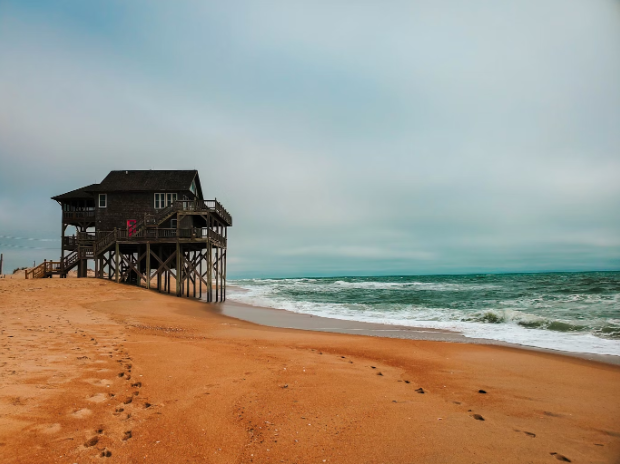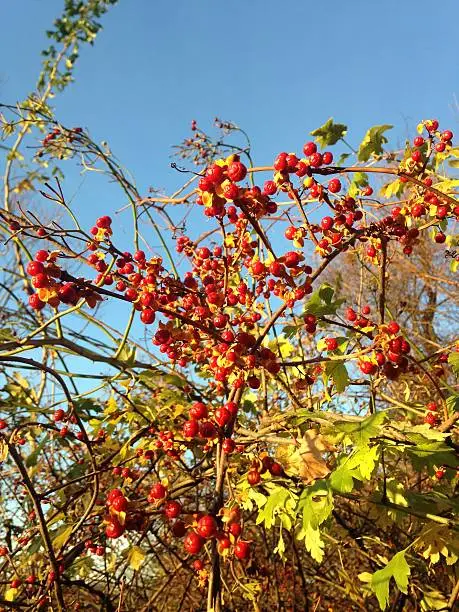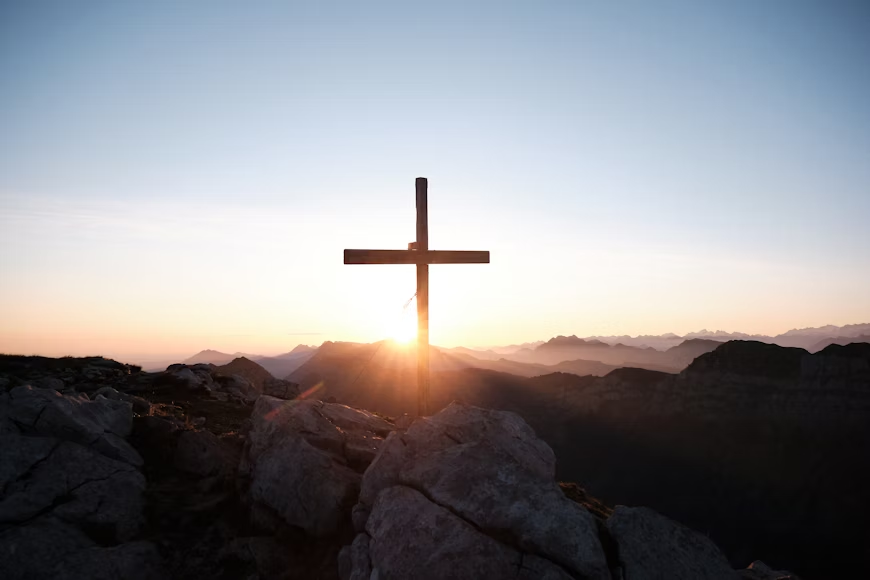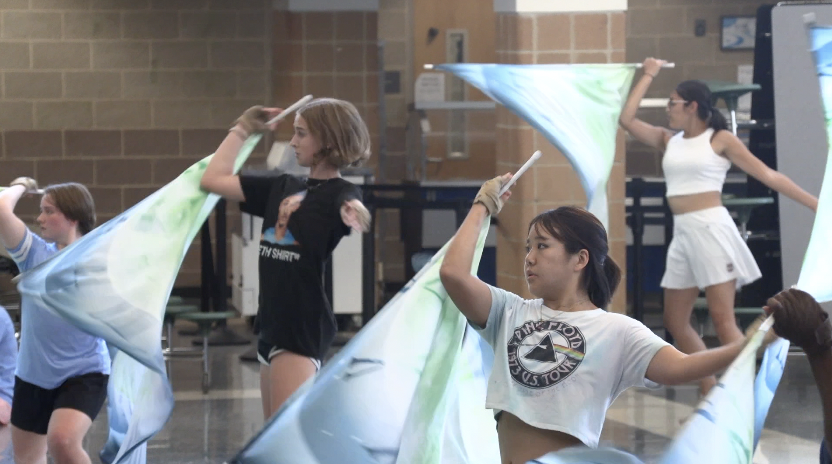History is that one thing that, no matter what, not one living person can escape. The past is ingrained in our culture, and history lives in our landmarks and buildings seen each day.
Here is a list of just a few of these historical sites and buildings in North Carolina.
Historic Yates Mill County Park:

The 174-acre park is home to one of the oldest buildings in Wake County is the Yates Mill, which was constructed around 1750. At the time, North Carolina was not officially a U.S. state and the America that we know of was still dependent on Great Britain.
The Yates Mill was important to the members of Wake County from the colonial times all the way to the ‘1900s. The gristmill grinded corn as well as wheat to make meals and flour that fed the community for days!
Unfortunately, the mill closed for business in 1953. North Carolina State University decided to acquire it in 1963 and the mill remained vacant until the Yates Mill Association began their restoration efforts in 1989. From then the mill’s timber frame was repaired, a new water wheel was installed, and even more to keep it spinning.
Now, the Historic Yates Mill County Park serves as a historical site that many can visit which features hiking trails, recreational and educational programs and the Yates Mill’s 24-acre pond.

Indian Creek Greenway and Trailhead:
For all the Civil War enthusiasts, Indian Creek Greenway and Trailhead features a historical site where an engagement between the Union and the Confederacy took place on the land.
Union troops blasted the Morrisville railroad junction as they moved West after capturing Raleigh. Confederate forces attempted to evacuate wounded soldiers and supplies to the west while engaging in a delaying action with infantry and calvary. The Battle of Morrisville is sometimes considered to be the last official Civil War engagement.
No one would even know that anything historical happened here due to the development of the area. There is not a single trace of the battle that remains. That is precisely why the government of North Carolina decided to install a sign that marked the historic location. It may not be the most obvious site, but it is definitely one where people can imagine the scene right in front of them.

Heck-Andrews House:
The Heck-Andrews House was one of the first houses in Raleigh to be constructed after the Civil War. Fannie E.S. Heck, a social activist, lived in this house. Heck was an active member of Raleigh’s First Baptist Church, and when the State Mission Board created a Woman’s Central Committee of Missions—Heck became its president.
Heck was elected president of the Southern Woman’s Missionary and the Raleigh Woman’s Club, her most significant contribution was her leading of the Baptist Women’s Union. For those who do not have any knowledge of Heck, the house is a beautiful reminder of what houses used to look like during that period of time.
Currently, the Heck-Andrews House is owned and managed by NC Realtors, so there is not a way to enter inside. However, there is a virtual tour by NC Realtors to show the progress of what the house looks like now.

Gimghoul Castle:
The Gimghoul Castle was built in the early 1920s yet still remains a mystery for UNC Chapel Hill students and locals around it.
The castle is said to be associated with a secret society group called the Order of the Gimghoul, which was founded in 1889. Students at Chapel Hill established the organization to promote the chivalric principles associated with King Arthur and the Knights of the Round Table. The secret society members were notable UNC alumni, but there are not many traces of the group to know a lot about. A castle this ominous could not go without its share of ghostly tales, with the legend of Peter Dromgoole is a popular one.
The Gimghoul Castle is private property and is not open to the public. But the mysteriousness and beauty of the building is apparent even from only looking at it from the outside. It is a great site to view and a nice feat of knowledge for people to have in their back pocket, since the Gimghoul Castle is not on a lot of people’s minds.
Of course, these historical sites and buildings do not even scratch the surface of North Carolina’s rich history. But these are always a nice start to get to see where history happened in this state.












































































